Driving the 1.5L Petrol MT
Five years after launch, the S-Cross finally receives a petrol engine - the 1,462cc, 4-cylinder K15 that puts out 103 BHP @ 6,000 rpm and 138 Nm @ 4,400 rpm. This petrol motor will be the only option available until Maruti is ready with its BS6-compliant 1.5L diesel. The petrol engine is shared with the Ciaz, Ertiga, XL6 and Vitara Brezza. Note that the placement of the air intake is different compared to the other Maruti cars:
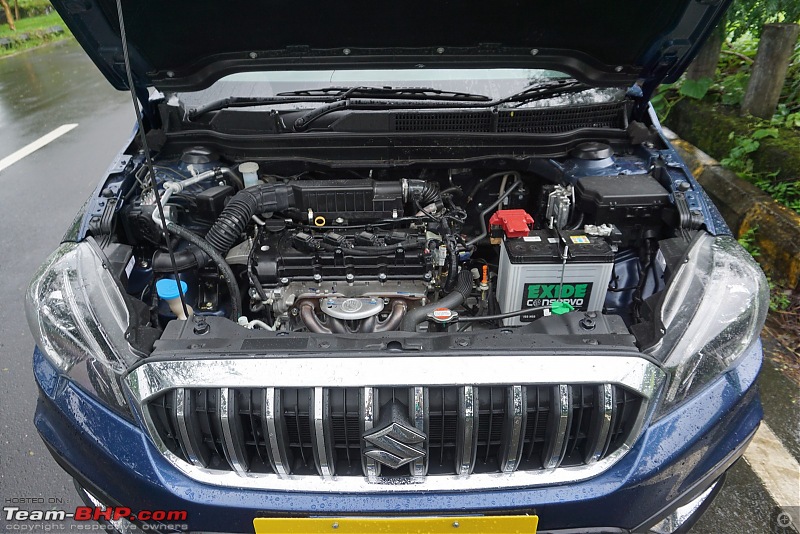
While the power figure is higher than the outgoing car's 1.3L 89 BHP diesel engine, it is of no match to some of the modern turbo-petrols in the segment - like the Creta + Seltos' 138 BHP, or the Duster + Kicks 1.3L's 154 BHP! Customers will also have to forget that characteristic mid-range punch and excellent fuel efficiency of the old S-Cross diesel. With the switch to petrol, the S-Cross' weight has gone down to 1,130 kg. The car's power-to-weight and torque-to-weight ratios are 91 BHP / ton and 122 Nm / ton.
The engine fires up with very little noise and without transmitting any vibrations to the cabin. At idle, it is silent. Press the clutch and you'll find that it is not as light as that of the Ciaz, but is still friendly enough. The gear shifter is light & smooth to use as well.
Release the clutch gradually and the car moves forward without any throttle input. You can even pull away from a standstill in 2nd gear, albeit with some extra accelerator input! Throttle response is quite satisfactory. Power comes in smooth & seamless. Low-speed driveability is good and in the lower gears, the car can pull reasonably well at anything over 1,000 rpm, though it is comfortable post 1,300 rpm. The way the engine is tuned makes the S-Cross a practical car to drive in urban surroundings. What's more, the 1.5L is refined at low revs.
Out on the open road, the car feels adequately quick, but far from being really f-a-s-t. Simply no comparison to the turbo-petrols of the competition. The S-Cross 1.5L is also more of a 'cruiser' rather than a 'racer'. Power delivery is linear and there is enough performance available to get the job done. When pushed, the engine revs to 6,300 rpm. And with a full load of passengers & cargo, you will need to work it hard at times. The S-Cross is more suited to a sedate driving style. Maruti appears to have shortened the gearing for the heavier S-Cross. 100 km/h is seen @ ~3,000 rpm, that's 400 more than in the Ciaz. This will affect your long-distance FE a bit.
We feel that the rev limit of 6,300 rpm is very conservative. Sometimes, in the middle of overtaking manoeuvres, you have to shift up. For the sake of comparison, we'll mention that many other 1.5L petrols touch 7,000 rpm and are more revv-happy too. The best way to sum up this engine is that it's 'adequate' & 'practical'.
Coming to NVH levels, the engine is silent while idling and acceptably refined at low revs. However, it is audible above 2,500 rpm. You can
always hear the motor when you are accelerating. It starts getting loud post 3,500 rpm, and a lot more so after 4,500 rpm. At higher speeds, there is a fair amount of wind & road noise that filters into the cabin.
In the area of fuel economy, the S-Cross MT carries an ARAI rating of 18.55 km/l.
The Delta, Zeta and Alpha variants are equipped with cruise control, while ABS + EBD are standard on all variants. The handling, steering and braking of the S-Cross petrol are similar to the outgoing car's (read = very good).
Smart Hybrid System:
This Smart Hybrid system uses a dual-battery setup. While there is a conventional lead acid battery in the engine bay, a lithium-ion battery sits under the front passenger's seat.
Maruti's Smart Hybrid system is at best a very mild hybrid, and not a proper one like say, the ones seen in higher-end Toyotas. It essentially employs an integrated starter generator (ISG), whose primary objective is to enhance fuel-efficiency & reduce emissions. The ISG replaces both, the conventional starter and alternator. It allows greater electrical generation capacity.
The system switches the engine off when the car comes to a standstill and neutral is engaged. Upon pressing the clutch, the engine fires up again. We must say, Maruti has sure been working on the idling start-stop function. Frankly, it’s not that bad anymore. Yep, there is a button to disable this feature if you so wish. The conventional lead acid battery in the engine bay is used by the idling start / stop system.
The system also includes brake energy regeneration. In this, when the brakes are applied, the kinetic energy generated is converted into electric energy. This electric energy is stored in both the batteries. The Li-ion battery assists the engine by providing a little extra torque when the car needs to accelerate quickly. Do note that the batteries get charged even while the vehicle is coasting. While cruising, the electricity stored in the batteries is supplied to the various electrical components.
Thanks to
BHPian Leoshashi for pointing this out. Due to the different air intake point in the S-Cross, it gets a resonator to cancel out the air intake noise. Leoshashi says that the noise of the S-Cross is lower than that of his XL6:
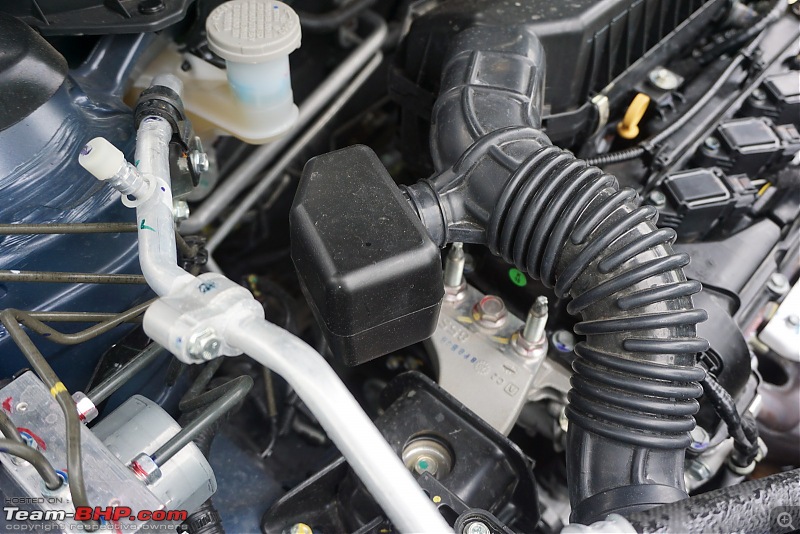
Sticker underneath the bonnet tells you about the placement of the lead acid and lithium-ion batteries. It claims that the Li-ion battery can also be used for vehicle start:
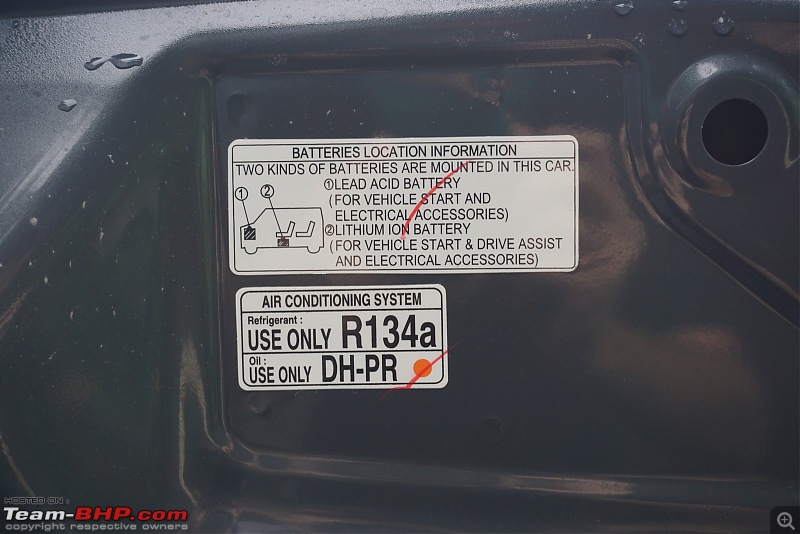
Exide Conservo battery is used - replacing it with some other make will disable the hybrid system:
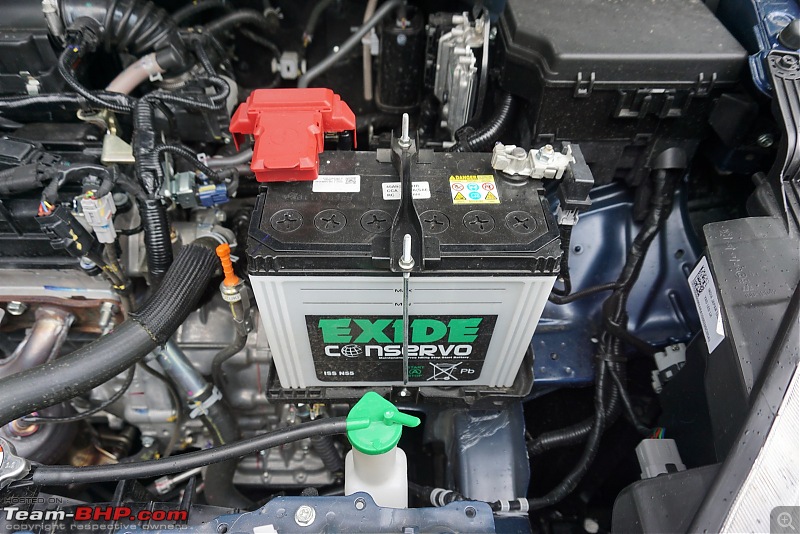
A, B, C pedals and dead pedal are identical to the outgoing car's:
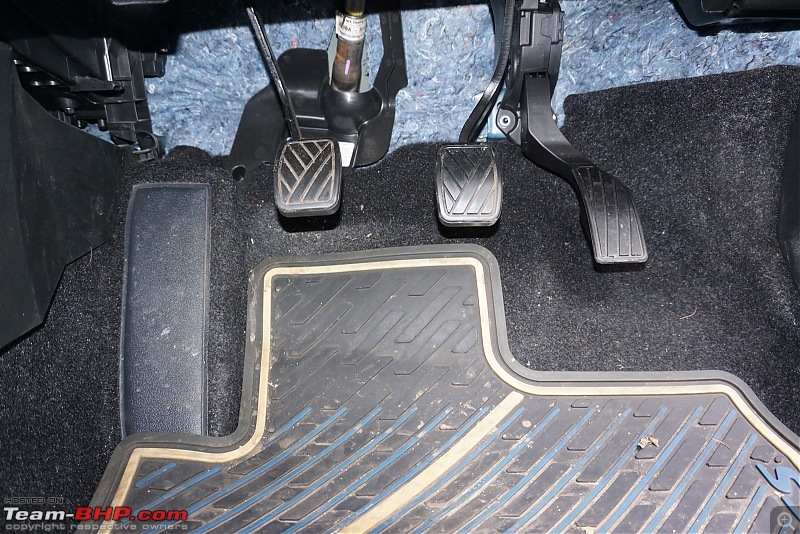
5-speed gear lever looks identical to the one in the Ciaz. It comes with a leather boot, while the knob gets a glossy black top. Like most Maruti cars, the gearshift is smooth:
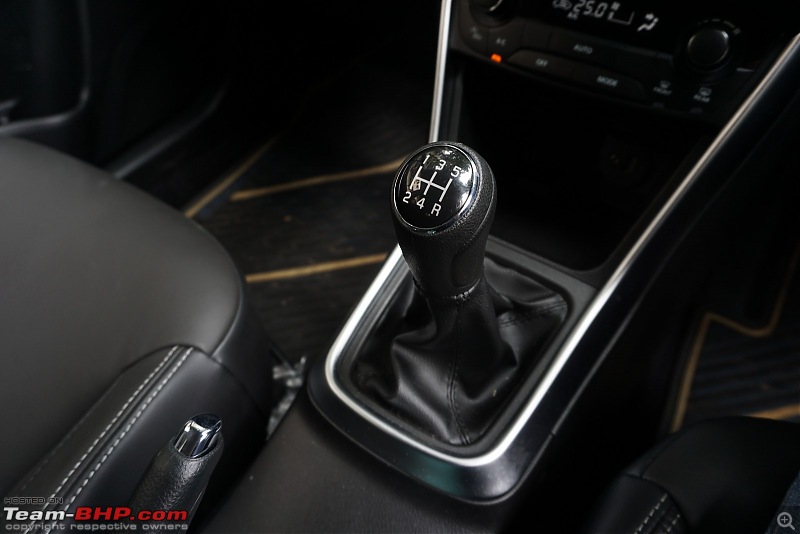
When the idling stop system kicks in, you'll see this green indicator in the rev counter:

If you lift off the accelerator and coast, this recharging symbol come up when the batteries are being charged:
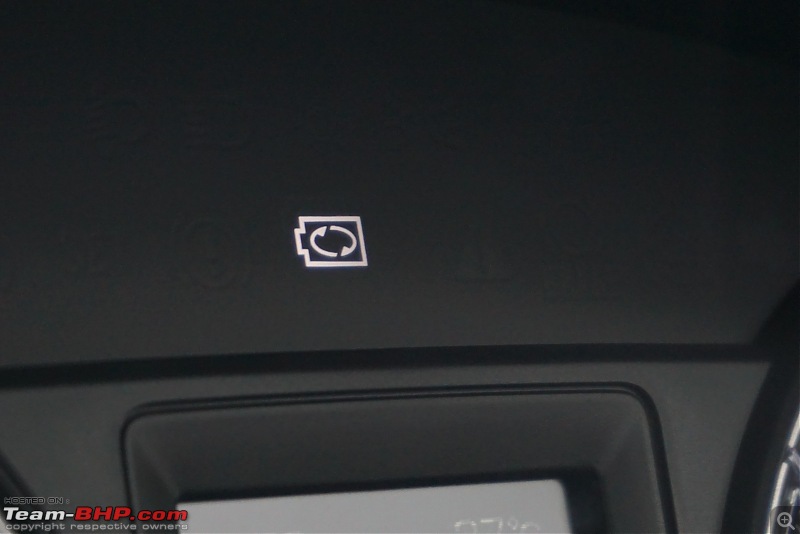
The MID tells you which gear you are in and which gear to shift to:
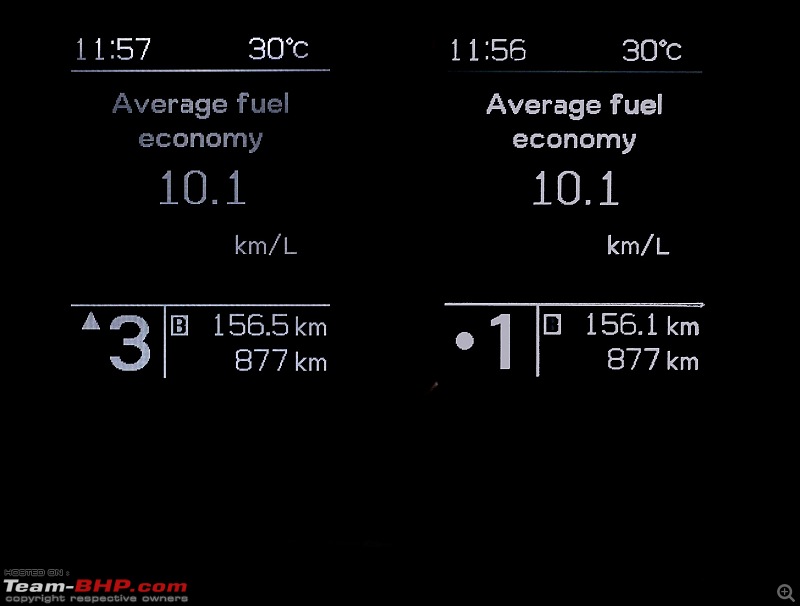
 (47)
Thanks
(47)
Thanks
 (13)
Thanks
(13)
Thanks
 (22)
Thanks
(22)
Thanks
 (28)
Thanks
(28)
Thanks
 (28)
Thanks
(28)
Thanks
 (51)
Thanks
(51)
Thanks

 (4)
Thanks
(4)
Thanks
 (3)
Thanks
(3)
Thanks

 (8)
Thanks
(8)
Thanks
 (6)
Thanks
(6)
Thanks
 (1)
Thanks
(1)
Thanks
 (11)
Thanks
(11)
Thanks
 (5)
Thanks
(5)
Thanks

 (13)
Thanks
(13)
Thanks




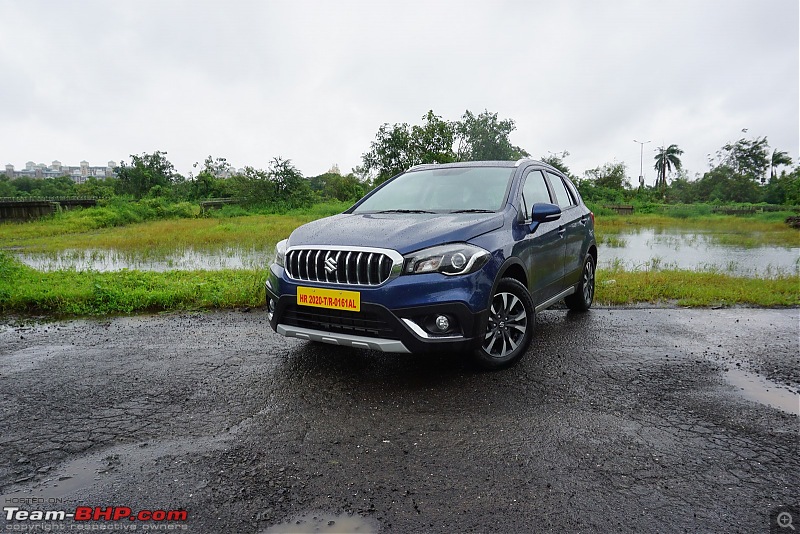
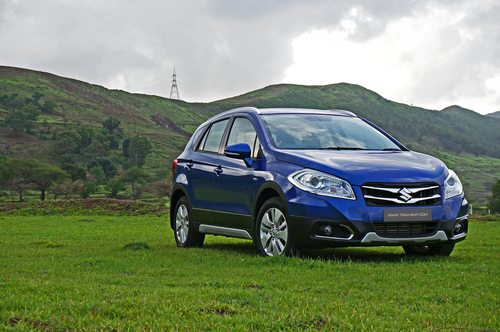
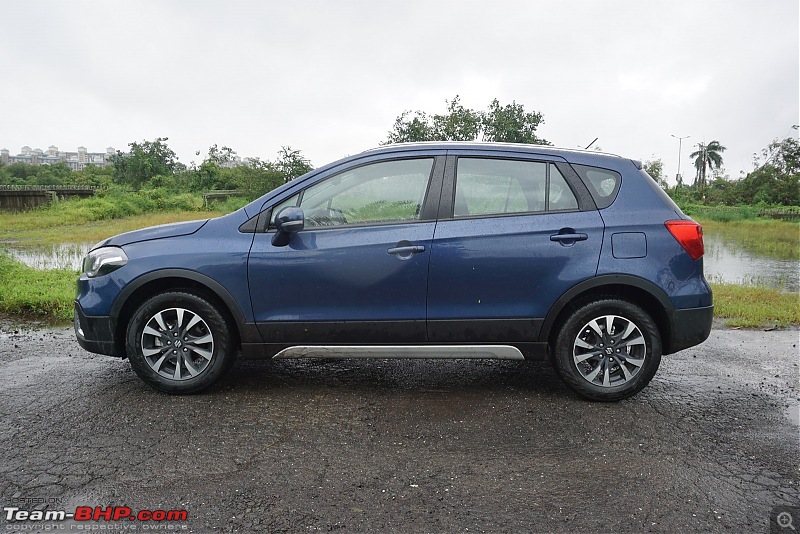
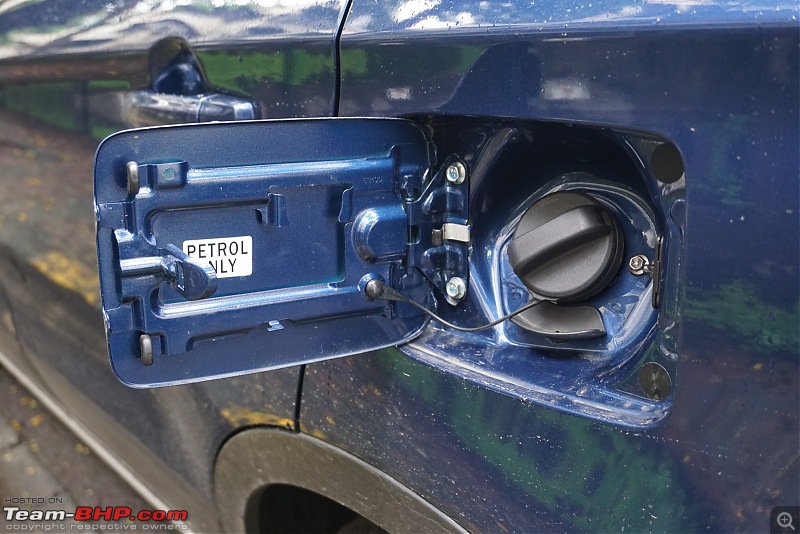
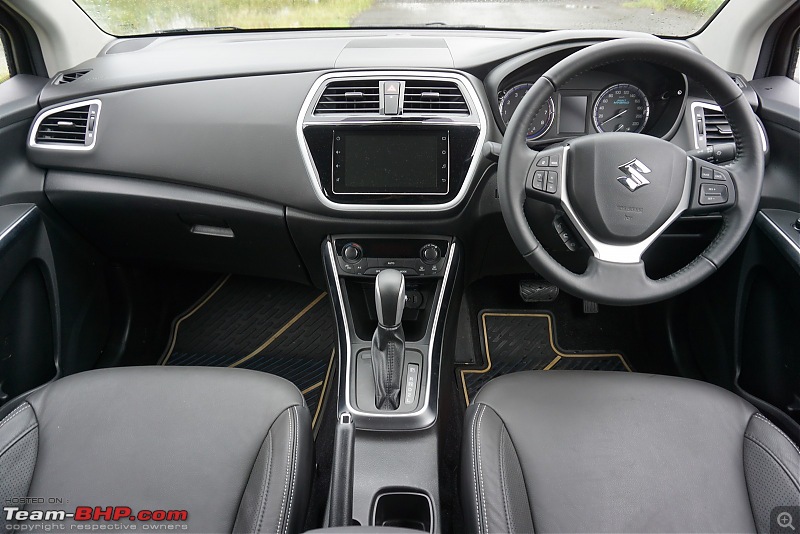
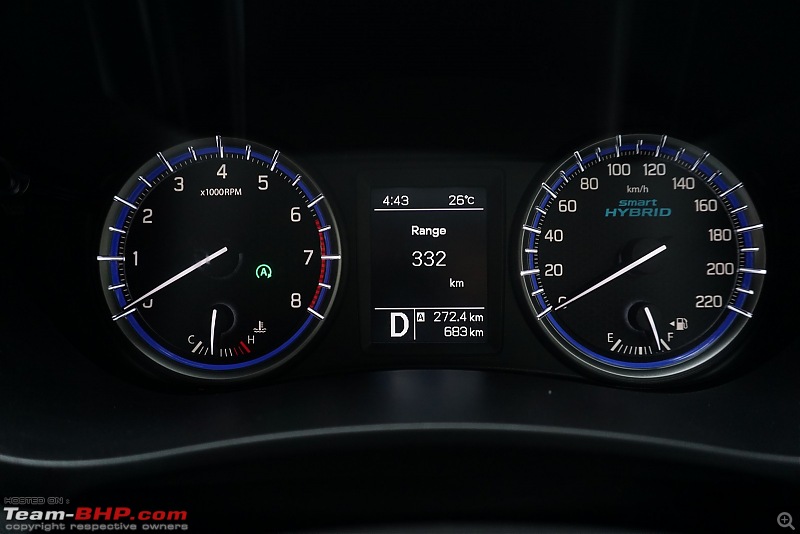

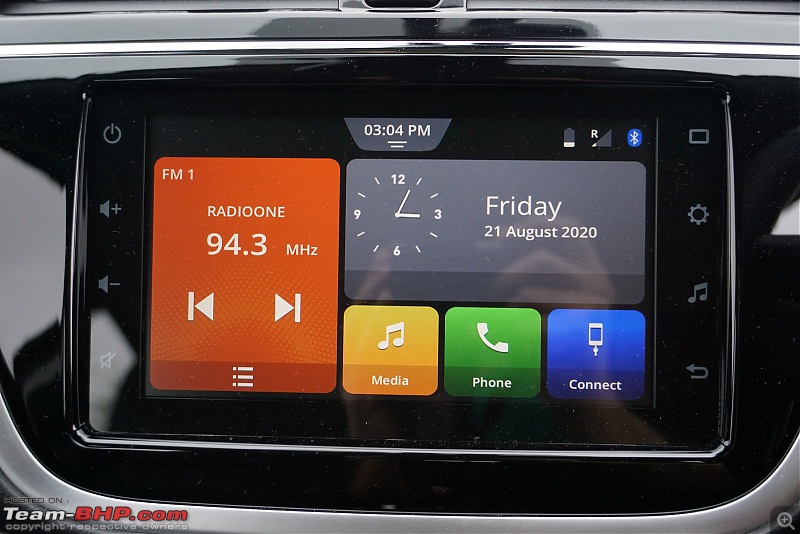
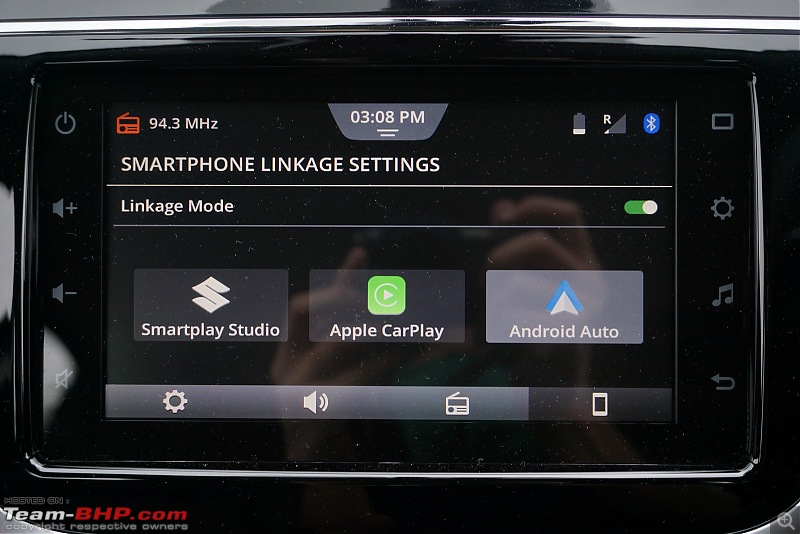
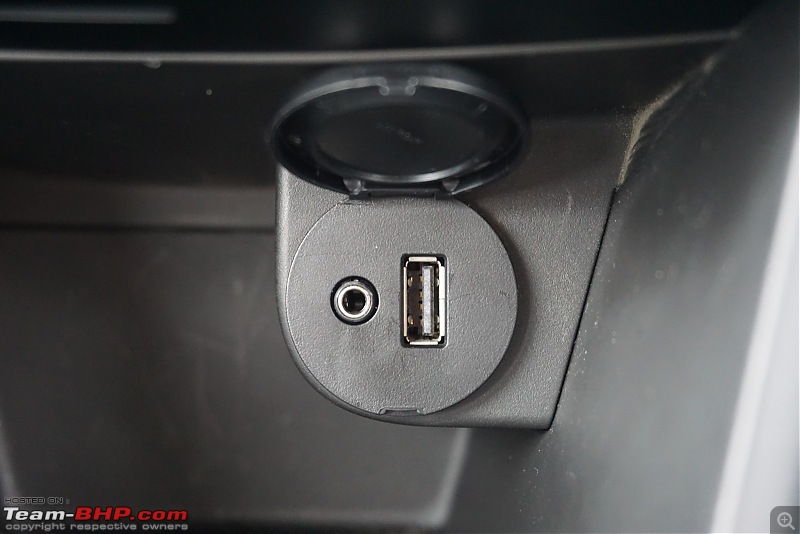











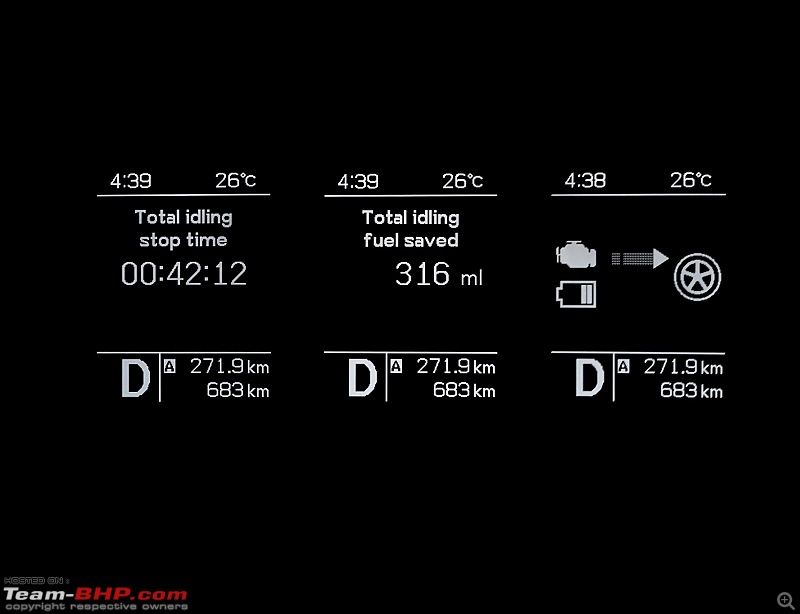
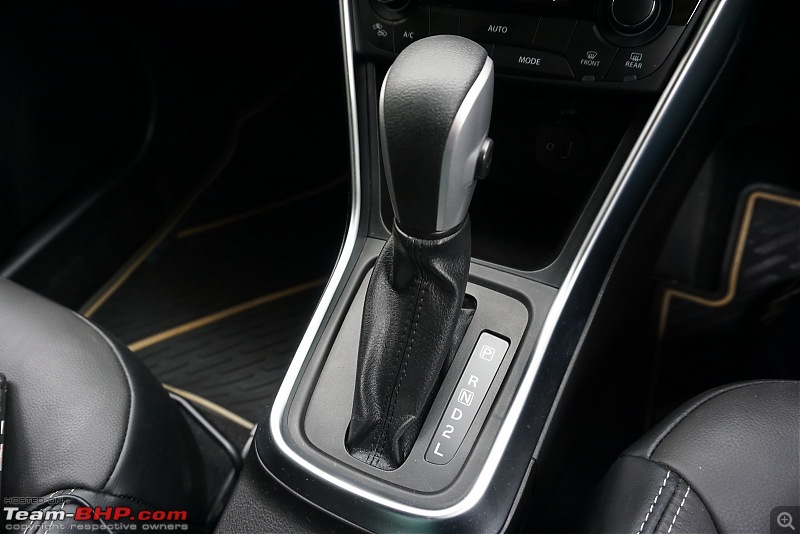
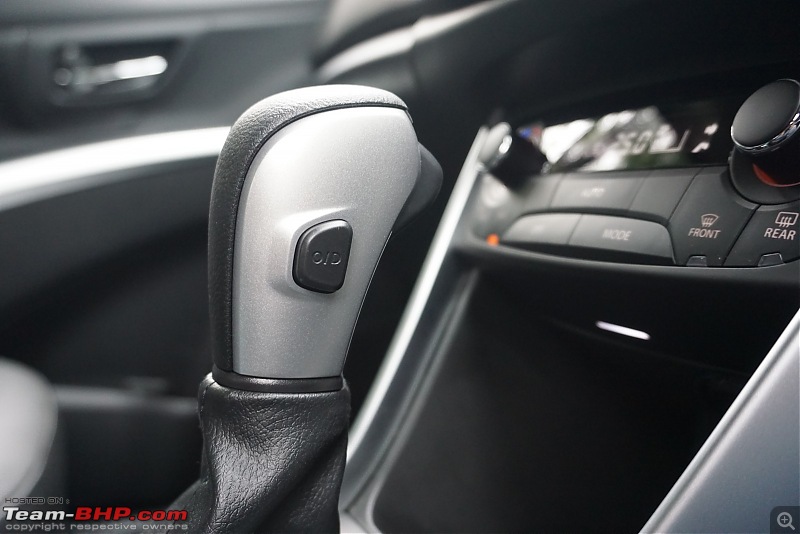

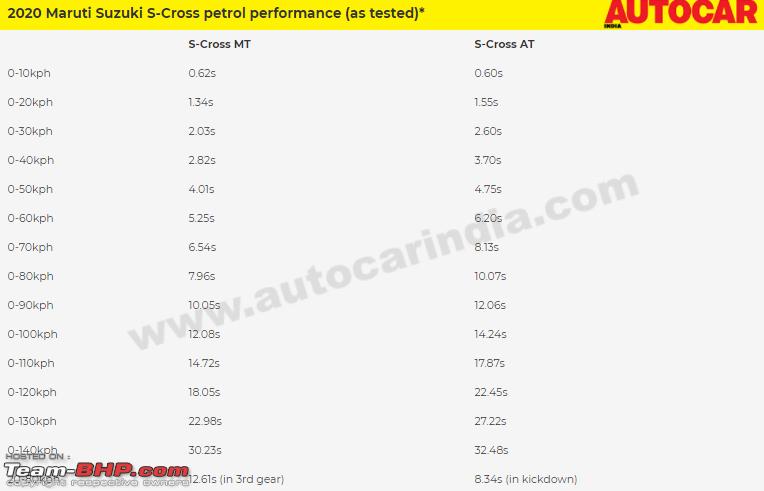



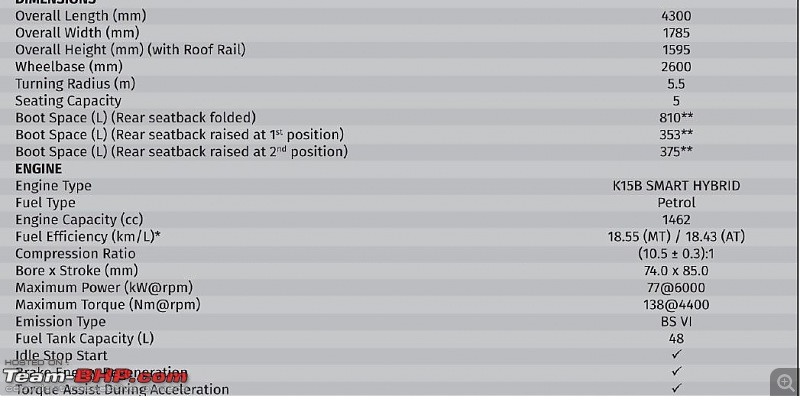
 The network reach certainly is excellent unquestionably.
The network reach certainly is excellent unquestionably.